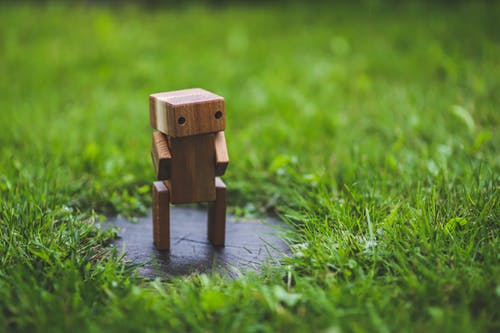We are living a great energy transformation. Our world is becoming more connected and more distributed, and this growth is expected to continue exponentially with an increase in electricity consumption by 80% over the next 25 years.
This new energy landscape will be defined by key trends such as de-carbonization, digitalization and decentralization, focusing attention on those technologies that help create a cleaner, more reliable and future energy infrastructure. The impact of these mega-trends is broader than we think. A distributed infrastructure model is emerging, due to the influx of new energy resources such as renewables and often changing load patterns based on the local evolution of power generation capacity. This is adding more complexity and more pressure to an ageing energy infrastructure, which was not designed to manage this level of current demand variability.
A key problem in this scenario is the evolution of the role of electricity companies. Suppliers are now suffering the full impact of this disruption in the industry. They are forced to manage the intermittency associated with greater penetration of renewable energies, to more demanding regulatory frameworks that need more elasticity and efficiency, together with new market developments, such as the most active role of the client and their relationship with the electric company.
For power companies to succeed in the digital age, they must undertake their digital transformation.
Keep up with the Evolution of the Network
The electricity grid has become smarter by incorporating technologies such as smart meters, knowledge-oriented automation and remote management and monitoring tools.
The first wave of innovation in this field will be related to the Internet of Things (IoT). The latest advances in IoT go beyond the simple connection of smart devices and provide more value at all levels of the power grid and help in the digital transformation of the power company. By creating a new infrastructure that connects smart devices with real-time control, open software, analytics and services, IoT increases collaboration between new players in the energy landscape and helps the entire system work more efficiently.
By providing a solid digital structure, we can take advantage of these new possibilities to maximize the benefits of smart devices such as smart meters and sensors, increase the efficiency of network operations and achieve a smarter asset management strategy.
A key benefit of this IoT infrastructure is its flexibility. Flexibility is critical when it comes to ensuring a “future-proof” system. We are in a period of great transformation and innovation, which means that new technologies are being rapidly implemented and changing the way grid technologies interact exponentially.
Many companies have built smart devices to cater the consumer lot with multiple facilities and benefits. Here, energy conservation also remains a good standing point. This is seen in the devices provided by Cielo WiGle Inc., a company that specializes in manufacturing of smart air conditioner controller devices. Using this device, you can operate your air conditioner sitting anywhere in the world, regulate its temperature and enjoy a series of automated features. These features allow you to save electricity and in fact, reduce a few digits from your electricity bill.
















